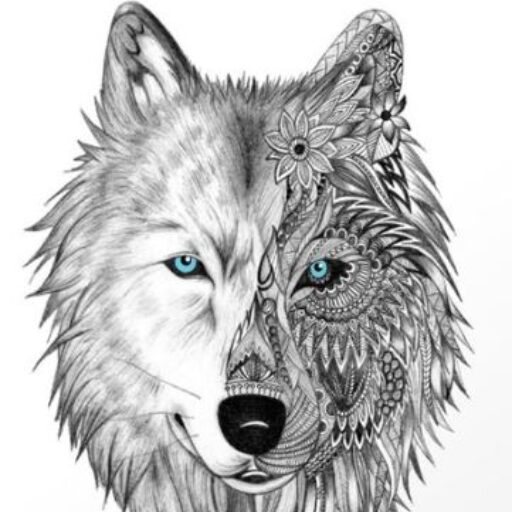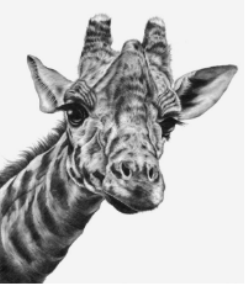
I often communicate with passion, when I am right
This is a site explores our usual day-to-day way of communicating, which from a kind and accepting perspective could be called passionate communication. When passions are strong they actually can be the driver in our communication. Strong feelings reduce our ability to hear and understand others and even ourselves. We feel that this is not done on purpose but, rather, it is a consequence of following age old habits of communicating, that are transmitted to us by our ancestors, parents, teachers and the people in our surrounding. While cultural differences exist, the principle of strong emotions leading to a strengthening of using habitual ways of communicating seems quite universal.
As such we tend to misunderstand what is happening outside of us as the reason for what is happening inside of us and we tend to use a language of blame and criticism, in order to tell people what we feel, what are our main values and what we would like to invite them to do.
In my view it serves to really look at these ways of passionate communication straight in the face – to let the voices speak with full authenticity. So we instead of making polite requests we can make demands, with full anger or sentiment of revenge – whatever it may be – and not mask our true passion by lame compromises with cultural constraints of politeness. Not too rarely we find ourselves such peaceful and polite people, only to explode at the most inappropriate and important moments of our life. When it counts. So the time to learn about our passions is outside of challenging situations, by practicing honesty and by looking deeply into the reasons for our passion.
Expressions of passionate communication we will call – jackals. An explantion is given a bit further below.
Open-Hearted Communication
Looking at expressions of passionate communication, we then practice translating the passions in such expressions into feelings, needs and requests. This language is sometimes called giraffe or non-violent communication. We express our passion directly and not through blame and judgments. And we add to this an understanding, that we only want people to comply to our requests from true willingness.
Translating jackal expressions is an entirely optional process. You will feel a liberation inside of your body, if a given giraffe translation works for you. Liberation means that you will notice more spaciousness, a lessening of tensions, or any variation of those two sense-impressions in your body. Or maybe a sense of ease or lessening of weight on your shoulders. Or a pain that disappears.
A shift in your body is noticed.
It is a remarkable experience.
If you do not experience a clear shift, it means that you are not done with translating the jackal.

Liberation is possible, but you do not have to.
Acceptance for Passionate Communication
We do not promote non-violent communication, on the contrary. We think that it would be better to create full awareness and acceptance of violent communication – first.
You can translate the moral evaluation “violent”, but you do not have to.
Concept of freedom.
Do not do anything that is not play.
We want to encourage all to respect the pressures of life, the forces of habit, the simple multi-facetted challenge of being alive and not to add to this mix an over-arching imperative such as: “I should be a non-violent communicator.”
No. Life is full of demands, so full, that sometimes we do not even wake up from the constant running as we try to meet deadlines and do the most important things that are on our agenda. So in this situation, it is not helpful to add another demand on top, such as: be a kind, non-violent communicator in giraffe.
Make a space in your heart for the difficulty of swimming upstream, against a planet-wide habit of violent communication. Let go. Swim with the stream.
The term “nonviolent” communication is contributing to the problem, because it creates pressure from our habitual judgment about violent behavior. In fact “violent” people are simply us – we are so much under pressure, we experience such strong emotions, that we are unable to see some things that we can see at times when we are more stable and peaceful inside.
Imagine that you have made a habit of “being angry” – how can you help yourself to heal, if you on top of that inner disposition are angry that you are angry.
You should not be angry.
That is deeply discouraging.
So, first, give ourselves a break and let us accept that we tend to think, speak and hear in passionate ways, that become blind for the consequences of our reduced awareness.
We allow ourselves to be passionate.
However …
If you feel inspired, you really have a joy in your heart, to stop and pause, to look at the normal way of communication and to translate – we are not against it!
To have fun and be curious, with care, about what may lie behind the many artful form of the jackal universe of expressing feelings and needs in that tragic and suicidal way.
To support our own inner liberation from habitual forms of thinking and perceiving a world of scarcity and lack, full of violence around us and to make steps to break the illusion and see the true wonders around as and within us better each day.
What do you mean by jackal and giraffe?
The images of giraffe and jackal stem from Marshall Rosenberg, who has used the giraffe and jackals puppets in his teaching of what he initially called nonviolent communication. Later on he expressed his mourning about the term, seeing that it used a negative instead of a positive intention, creating some unclarity and also perhaps less integrity with the teaching itself than is desirable. As practioners we are invited to find our own name for giraffe communication and I like compassionate communication among many other terms.
The giraffe represents a way of communicating “non-violent” – that is with compassionate awareness and care for the needs of all, while the jackal represents a more habitual, normal way of unaware and one-sided communication, probably acting out of an automatic and reactive consciousness.
Violence is bad – nonviolence is good
Marshall does not mean that giraffe communication is bad and jackal communication is good. People mostly have an instantenous judment about violence being a bad thing.
No. We better describe jackal communication as a tragic, suicidal way of expressing what is important to us – as it most likely contributes to us not getting what we want and to everybody losing. Yet, it is what we are fed into our nervous system from the earliest age and what is practiced most in communication all around the world.
Unfortunately the term “violence” is very strongly charged with moral judgmental energy. In my view this habitual view may create a big stumbling block for our learning, as our need for autonomy will throw sticks into our endeavours to change our habits from all sides.
Start with creating choice around hearing
So we start from a different angle – we start from pausing and listening, first to ourselves, perhaps with the help of others and then to others. We are responsible of what we hear – at all times – so jackal communication is “in the ear of the beholder”.

We choose.
It is a long way perhaps, but if we make it fun and appreciate each step – what is there not to love?
But of course, we can make ourselves comfortable with what we know already – our suffering.
It’s a true choice. Moment to moment.
Check out Marshall Rosenberg’s way of teaching with those jackal and giraffe puppets here.
Stopping and Looking Deeply
The key to shifting our way of communication is pausing and asking what is happening here and now, inside of us.
What are we feeling in our bodies, what are our intentions, needs, observations thoughts?
Getting clear about what is going on is the key for making wiser choices in our speaking and hearing. And this is easy to understand, but hard to realize. We do it by making small incremental steps away from our habit of rushing through our days, mostly on automatic, to more awareness. Pausing once a day first, then pausing more and more often.
Feel yourself at full choice to change nothing. 🙂
Giraffe and Jackal Friendship
So – in summary – I envision a growing friendship of the jackal and the giraffe.
With each translation, the friendship grows closer!
May we find the jackal in the giraffe and the giraffe in the jackal.
But we do not have to.
